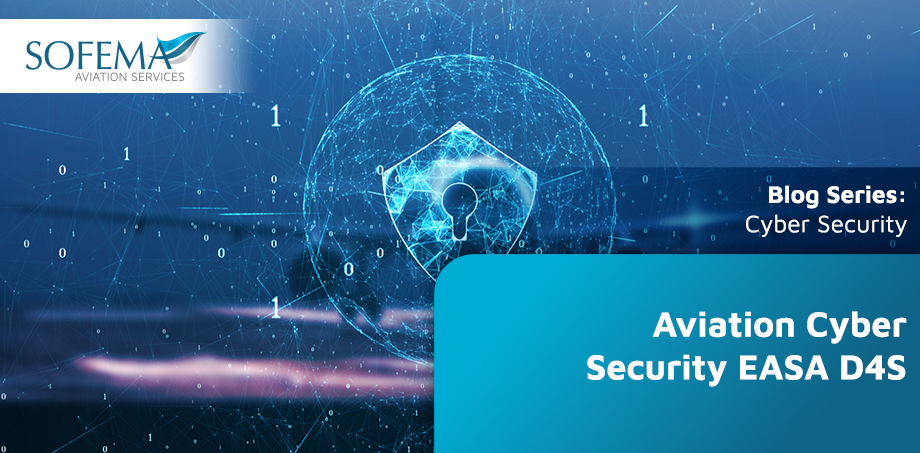Sofema Aviation Services (SAS) considers fundamental issues related to the challenge to address cyber security threats within EASA regulated Organisation
Introduction – Role and Purpose of Data4Safety (D4S)
In essence, D4S aims to leverage Big Data technologies and collaborative partnerships to transform safety management in European aviation, ensuring risks are identified, analyzed, and mitigated on a systemic scale.
Overview of D4S
Data4Safety (D4S) is a voluntary, joint cooperative partnership within the European aviation community aimed at sharing and analyzing safety-related data. The program is led by EASA and is designed to identify and analyze systemic safety risks at a European scale, thereby enhancing aviation safety through collaborative efforts.
Objectives of D4S
The primary goals of the D4S program include:
- Data Consolidation: Organize and centralize scattered safety data from various aviation stakeholders to form a critical mass of data.
- Data Fusion and Analysis: Use Big Data technologies to fuse different datasets and analyze risks in a predictive manner.
- Risk Identification: Evaluate and mitigate systemic safety risks across Europe.
- Benchmarking: Provide blind benchmarking metrics that compare an operator’s safety performance against aggregated results.
Principles of D4S
The program operates under several key principles:
- Collaboration: Involves the active participation of the aviation community, European institutions, oversight authorities, and industry.
- Voluntary Participation is entirely voluntary, with stakeholders free to join or exit.
- Confidentiality: Data and outputs are managed under strict confidentiality to protect stakeholders.
- Just Culture: Aligned with EU regulation 376/2014, promoting a culture where safety is prioritized over punitive actions.
- Safety Focused: The program exists purely to improve safety and not for oversight or commercial purposes.
Data and Outputs
- Data Sources: Includes raw FDM (Flight Data Monitoring) data, safety reports, and operational data from stakeholders.
- Outputs:
- Metrics and dashboards to measure safety performance.
- Blind Benchmarking comparisons between operators.
- Directed studies on systemic risks and vulnerabilities.
- Data Retention: Data is stored for six years to allow for meaningful trend analysis.
- De-Identification: Outputs are anonymized to ensure privacy while retaining flexibility for analysis.
Governance and Operations
- Managed by a Steering Board and a Technical Board, with equal participation from EASA and other members.
- Involves external partners like Data Protection and Processing Organizations (DPPO) and Data Analyst Providers (DAP) for Big Data capabilities.
- The program has a formal process for deciding analysis topics and sharing results with stakeholders.
International Collaboration
D4S collaborates with similar global programs like:
- ASIAS (USA)
- IATA FDX (International)
- AP-Share (Asia-Pacific)
These partnerships focus on sharing knowledge, technology, and methodology, but exclude direct data sharing.
Strategic Importance
D4S supports the European aviation system by:
- Enabling predictive risk management through Big Data analysis.
- Enhancing safety performance at both systemic and individual organizational levels.
- Promoting cooperation among aviation stakeholders, driving continuous safety improvements.
Next Steps
- Follow this link to our Library to find & download related documents for Free.
- See the following 2 day course-Implementing an Information Cyber Security Program in an EASA Part 145 Organization – 2 Days
for comments or questions please email team@sassofia.com
Tags:
Risk Indentification, BlogSeries, Technical Board, Steering Board, systematic risk, AP-Share, IATA FDX, ASIAS, DAP, DPPO, EU 376/2014, Benchmarking, EASA, Data Consolidation, safety related data, cooperative partnership, D4S, Aviation Risk Management, Stakeholder, European Aviation, SAS blogs, Flight Data Monitoring, safety performance, Aviation Community





